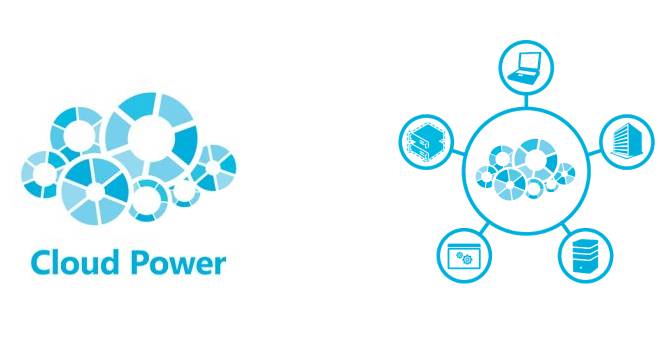IaaS, PaaS and SaaS Explained
IT as a Service
In our previous post we have emphasized that the cloud, by definition, offers minimal management or provider support to deliver the information technology infrastructure to the user. That means, the user will not undertake the lengthy process of obtaining an IT service nor she will bother with the complexities of it. What she needs is just getting her work done without having to listen to the IT jargon. She can request one or any combination of the following services:
- IaaS: Infrastructure as a Service
- PaaS: Platform as a Service
- SaaS: Software as a Service
Infrastructure as a Service (IaaS)
Infrastructure provided as a service: Fill out the form, have your server ready in minutes.
In the IaaS case, the cloud provider offers the “computing resources” to the customers. The cloud provider can be the company’s IT department or an outside company who charges you for the use of these resources. In any case, the user receives the service: she is not bothered with the lengthy processes of obtaining a server for her accounting department to accommodate the heavy load of upcoming fiscal-year-end accounting calculations. She knows that her department will be working hard and she needs more computing power. She fills out the form, details what she wants and receives the server in some hours. When the hard times are over for her department, she delivers the server back.
RELATED: CIO Perspective: Your IT Department Cannot Go Alone Anymore
In this scenario, the IT department has offered the IT infrastructure (servers, storage, network infrastructure) to the company and the accounting department used some part of it. The accounting department is (incrementally) charged by only the use of the resources for a specific time, meaning that when the hard times are over, there will be no additional charges.
If you have beared with me so far with the cloud articles, you have just caught that the company’s private cloud is offered as an infrastructure.
The question here is if anybody else can offer this service. Yes, whomever that has made the necessary investments can. You can purchase resources from providers such as Amazon Elastic Compute Cloud for deploying your own servers or just storage such as Amazon Simple Storage Service.
RELATED: Layer Technologies Breaks Through on Inc. 5000
Platform as a Service (PaaS)
Platform as a Service is one layer on top of the infrastructure. The computing resources and the solution stack running on top of the resources are delivered to the customer. The solution stack here means the platform. PaaS is for companies that develop applications, databases or integration services. The typical offers are:
- The framework and the libraries for application and/or database development,
- The environment for developing, testing, hosting applications,
- Web-based user interface development applications,
- Web services and database integration,
What does an IT department manage in IaaS, PaaS and SaaS environments?
That also includes multi-tenant architecture, collaboration environment for application developers and reporting facilities.
There are various companies who offer different platforms:
- Microsoft: Windows Azure: C#, Java, .NET, SQL Server
- Google: AppEngine: Python, Java, Go
- Red Hat: OpenShift: Ruby, Ruby on Rails, Python, PHP, MySQL, MongoDB, Perl.
- IBM: Workload Deployer: Java, DB2
Software as a Service (SaaS)
Software as a Service offers the software, the data that the software uses and the means for allowing the user to access the service via a web browser. In many cases all the users of the service uses the same software version but sometimes a second version, most probably a beta for the upcoming release, is provided. In today’s world, almost all of the Internet users are using at least one SaaS offering, such as Google Applications, Hotmail, Evernote, Google+, Facebook.
RELATED: Crowdsourcing: Is It Effective for Your Business?
SaaS brings the following benefits to its users:
- The software is hosted centrally, there is no need to upgrade, whether in terms of hardware or software,
- There is only one release of the software that makes test and development times shorter.
- The software provider can better analyze user data (most/least used features, top items that users seeked help for etc..)
- All these allow faster and more stable releases.
SaaS is the top level that is reached by the cloud. All that is needed to get the job done is a web browser – the hardware and the software that is running the browser is irrelevant. This is really what the users need.
Image Credits:
- Featured image: Microsoft, www.microsoft.com
- Inline image: Infrastructure provided as a service, Virtualization.Info, http://virtualization.info
- Inline image: What does an IT department manage in IaaS, PaaS and SaaS environments? Venture Beat, http://venturebeat.com/




